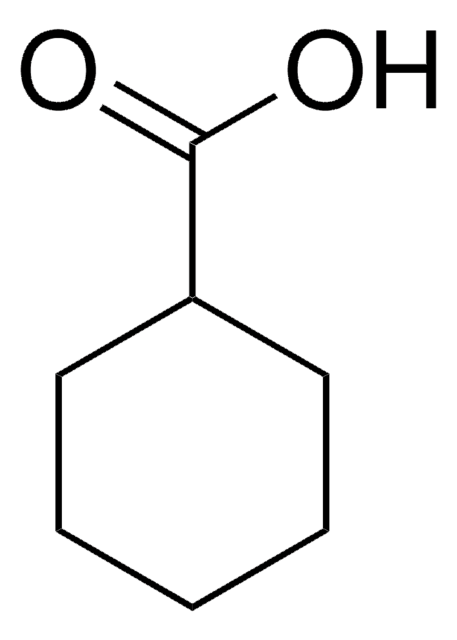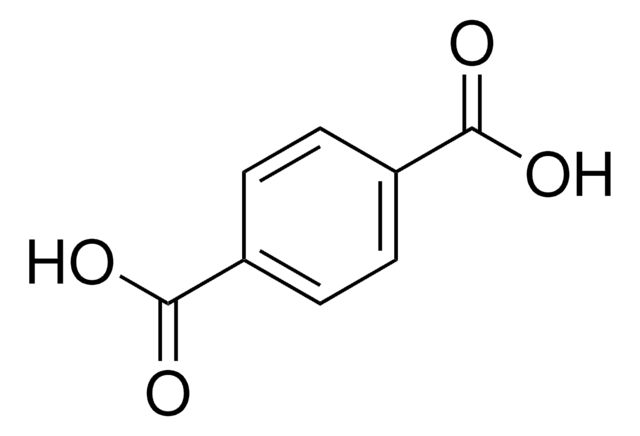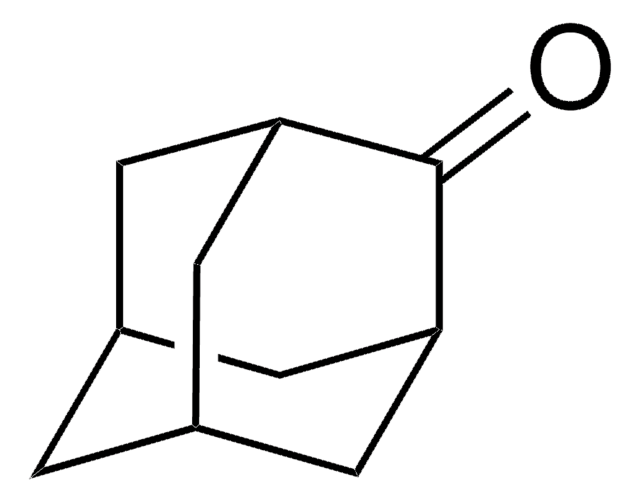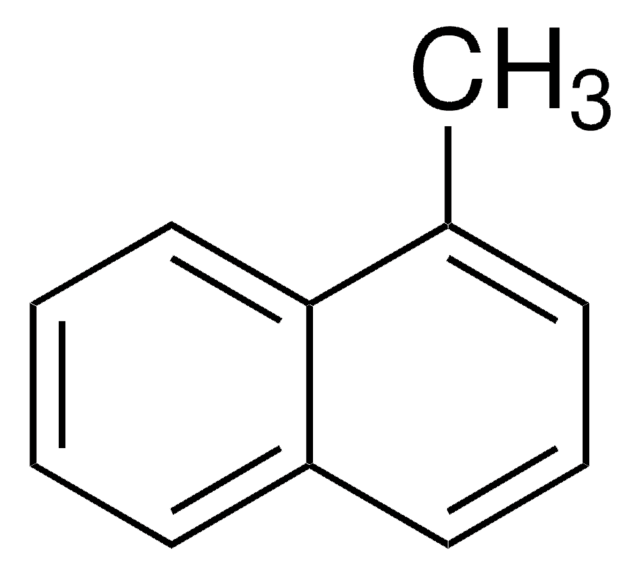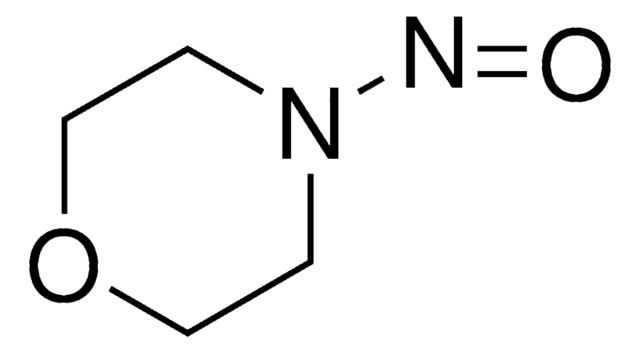All Photos(1)
About This Item
Empirical Formula (Hill Notation):
C18H24
CAS Number:
Molecular Weight:
240.38
Beilstein/REAXYS Number:
2051002
EC Number:
MDL number:
UNSPSC Code:
12352100
PubChem Substance ID:
NACRES:
NA.22
Recommended Products
Quality Level
assay
99%
form
solid
mp
231-233 °C (lit.)
solubility
hexane: soluble
SMILES string
C1CCc2c(C1)c3CCCCc3c4CCCCc24
InChI
1S/C18H24/c1-2-8-14-13(7-1)15-9-3-4-11-17(15)18-12-6-5-10-16(14)18/h1-12H2
InChI key
ODHYDPYRIQKHCI-UHFFFAOYSA-N
Looking for similar products? Visit Product Comparison Guide
Related Categories
General description
Dodecahydrotriphenylene forms metal-carbonyl complexes. It undergoes hydrogenation and rearrangement by action of AlCl3 in inert atmosphere conditions at 20°C (hexane solution) or 70°C (heptane solution). It is formed by trimerization of cyclohexanone. It undergoes oxidation by peroxytrifluoroacetic acid and boron fluoride etherate at 0°C to form cross-conjugated cyclohexadieone.
Application
Dodecahydrotriphenylene was used to develop a set of new bacterial bioreporters and assays for detection of long chain alkanes based on the marine bacterium Alcanivorax borkumensis strain SK2.
Storage Class
11 - Combustible Solids
wgk_germany
WGK 3
flash_point_f
Not applicable
flash_point_c
Not applicable
ppe
Eyeshields, Gloves, type N95 (US)
Choose from one of the most recent versions:
Already Own This Product?
Find documentation for the products that you have recently purchased in the Document Library.
Oxidations with peroxytrifluoracetic acid-boron fluoride. X. Oxidation of s-dodecahydrotriphenylene with peroxytrifluoracetic acid-boron fluoride and the photoisomerization of the resulting cyclohexadienones.
Hart H and Lankin DC.
The Journal of Organic Chemistry, 33(12), 4398-4402 (1968)
Hydrogenation and rearrangement of coal-related aromatic and hydroaromatic molecules promoted under mild conditions by aluminium trichloride.
Stobart SR and Zaworotko MJ.
Fuel: The Science and Technology of Fuel and Energy, 64(11), 1623-1624 (1985)
Metal-carbonyl complexes of dodecahydrotriphenylene; a comparison of the structures of iso-electronic [(η6C18H24) Mn (CO)3]+ and (η6C18H24) Cr (CO)3.
Gommans LHP, et al.
Journal of Organometallic Chemistry, 346(3), 385-395 (1988)
Rekha Kumari et al.
Environmental microbiology, 13(10), 2808-2819 (2011-09-08)
Long-chain alkanes are a major component of crude oil and therefore potentially good indicators of hydrocarbon spills. Here we present a set of new bacterial bioreporters and assays that allow to detect long-chain alkanes. These reporters are based on the
Our team of scientists has experience in all areas of research including Life Science, Material Science, Chemical Synthesis, Chromatography, Analytical and many others.
Contact Technical Service

